Welcome
You have points
Recently viewed
No recently viewed items
Wishlist
Sign in to access your favorites
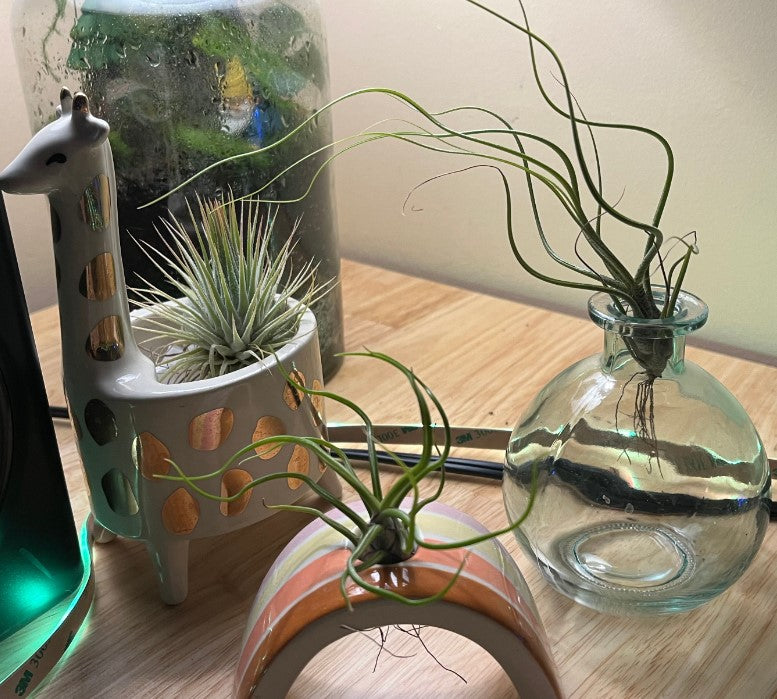
Watering air plants is a different game as these stunning beauties are unlike any other indoor plant. Due to their unique nature of growing without soil, air plants require a different approach when you hydrate them. A type of epiphyte, these plants absorb moisture and nutrients from the air, through their leaves, when in the wild. So, you’re probably wondering how to water air plants when grown indoors.
This comprehensive guide will teach you how to meet your air plants’ watering needs to ensure their health and vitality. Keep reading to learn about the different methods of hydrating a thirsty air plant. In addition, we’ll share some tips on how to avoid common mistakes that novice plant lovers often make.
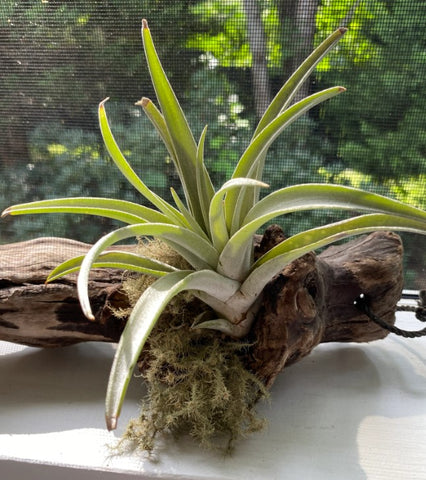
Air plants, or Tillandsia, are a unique variety of easy-care plants that grow without soil. Native to North and South America, these non-parasitic epiphytes thrive on the top of other plants, absorbing moisture and nutrients through their foliage. Interestingly, Tillandsia plants are related to Bromeliads - gorgeous blooming plants that grow in tropical regions, too.
While air plants don’t need soil to grow, they can benefit from periodic fertilization during the active season if cared for indoors. Air plants bloom spectacularly but produce vibrant flowers in various colors typically once in their lifecycle.
With their low maintenance needs and striking appearance, air plants have become popular in recent years for indoor decoration and creative arrangements, adding a touch of greenery to any interior space.
Air plants come in different varieties. Be it the Silver Queen air plant with its pale-green foliage, or the Velutina air plant that boasts bright-red bracts when in bloom, you can be spoiled for choice if you’re expanding your Tillandsia collection.
Yes, air plants need regular watering to thrive, whether you grow them indoors or outdoors. If left in drought-like conditions for long, your plant will either stop growing or die. In interior spaces, these plants can’t access moisture from the air, as they would do naturally in the wild. Hence, hydrating them regularly is a key part of your air plant care routine.
Watering your soil-free air plants isn't the same as hydrating your other houseplants. You can use the soaking or misting technique to meet your Tillandsia plant’s watering requirements. Depending on whether your air plant is mesic or xeric, you may find that one method is better than the other. A combination of the two also works well for most air plants.
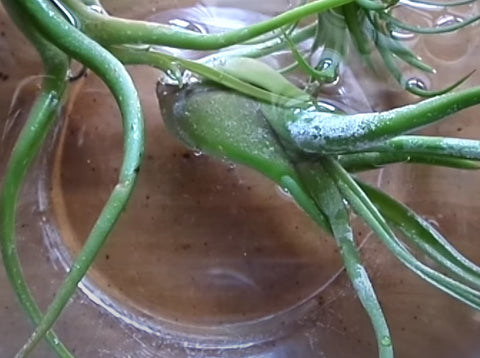
Follow these steps to water mesic air plants:
Tip: Ensure you completely dry each air plant, as any moisture left behind may trigger leaf and root rot, or other issues.
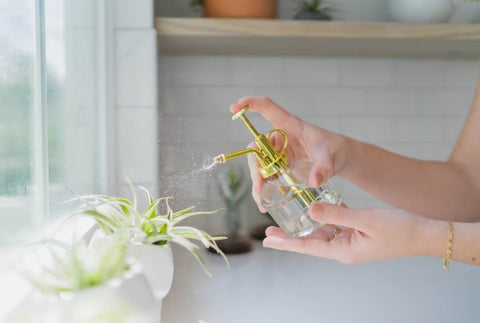
Follow these steps to water xeric air plants:
Both misting and soaking are two different watering techniques for air plants. Misting provides hydration and helps simulate your plant’s natural environment, and should be done 2-3 times a week. Speaking of soaking, it ensures thorough hydration and nutrient absorption. It works best if done periodically, about once a week, promoting overall air plant health.
You should soak your air plants every week or every ten days. The best practice is to look for telltale signs, like wrinkled or curling leaves, to know if your plant is dehydrated and thirsty. To avoid these leaf issues, especially in dry climates, mist your Tillandsia plant between soaking sessions.
You should mist an air plant at least 2 to 3 times a week to keep it hydrated. But there are some exceptions to this rule. Some air plant varieties, like the Spanish moss, should be sprayed more frequently, even daily.
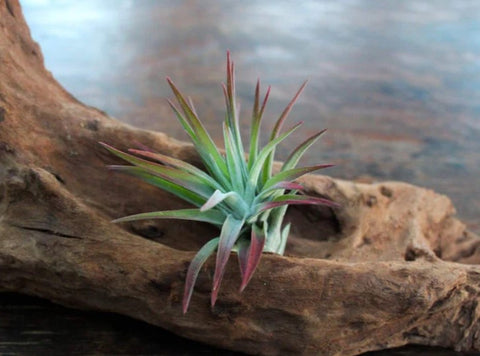
Beginner indoor gardeners may feel apprehensive when feeding and hydrating their Tillandsia plants. So, check out below some helpful troubleshooting tips and best practices for watering air plants:
No, tap water isn’t safe for air plants. It contains chlorine, which can potentially harm these plants. Chlorine-free rainwater, pond water, and aquarium water are the best alternatives.
Your air plant is overwatered if its base looks darker than usual. The roots may also appear mushy. Furthermore, the leaves may start to turn yellow or fall out. You should always dry your air plant completely after watering it.
Air plants, if soaked for too long, will start displaying signs of root rot. Since there will be no air circulation around the roots, the leaves will also darken due to the excess moisture absorption and you will find that they detach easily from the base of the plant.
If you notice your air plant’s leaves curling up inwards along their length, this is a telltale sign of a thirsty air plant. Soak it right away in water to remedy the problem and revive the plant.
A blooming air plant craves more water. But it’s worth noting that wetting its delicate flowers will shorten the bloom period. The best solution here is to submerge the leaves in the water, keeping the flowers out. If you are worried about harming the flower during the soaking session, just try misting carefully your air plant. Again, avoid wetting the beautiful blooms.
Air plants glued to something, as part of your Tillandsia display, be it a wooden structure or decorative support, should be watered with great attention. While soaking the plant isn’t possible unless you soften the glue and detach the plant, first, there’s always the misting option, as plan B, you can try.
A: Ideally, you shouldn’t soak your air plants for no more than 60 minutes. Anything longer than this may trigger root rot and harm their overall health and appearance.
A: You can revive a sick air plant by giving it a nice soak/mist, trimming dead or damaged roots, and addressing any fungus or disease issues.
A: Air plants like steam, hence, they will feel happy if grown as a bathroom plant or are displayed in your kitchen.
A: The leaves of air plants have special scale-like structures, which trap moisture and nutrients from the air. Their roots are only meant for attachment to the host tree on which the plants live.
A: Indoor air plant care involves feeding these tropical beauties with a water-soluble fertilizer for air plants, bromeliads, or epiphytes. Add it to a spray bottle with water and mist the Tillandsia with the solution once a month.
A: Despite their name, air plants don’t float in the air. Instead, they attach to other plants via their roots. Indoors, you can grow them in glass bowls, or mini aquariums, hang them in planters, glue them to a wooden board, and more.
Air plants, despite being soil-free, require regular watering to stay happy and thriving. Soaking and misting are the two easiest methods you can use.
If you’re unsure how to display these intriguing plants in your indoor space, mount them on a wooden board or grow them in a decorative terrarium. Hanging air plant holders are also a good idea to showcase these strikingly gorgeous pet-friendly plants.